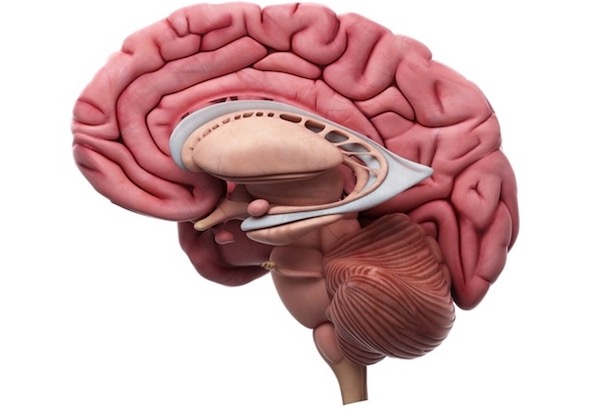“Visual-movement” neurons in the brain help individuals to stay focused on rewarding tasks
August 11, 2023
Source: drugdu
 317
317

Trying to finish your homework while the big game is on TV? "Visual-movement" neurons in the front of your brain can help you stay focused, according to a new study from neuroscientists in the Perelman School of Medicine at the University of Pennsylvania.
In the study, published recently in Neuron, the scientists sought to illuminate the neural mechanism that helps the brain decide whether to focus visual attention on a rewarding task or an alluring distraction. By analyzing neuron activity in animal models as they faced this kind of attentional conflict, the researchers discovered that a pattern of coordinated activity called "beta bursts" in a set of neurons in the lateral prefrontal cortex (LPFC)-;a section in the front of the brain responsible for motivation and rewards-;appears to have a major role in keeping attention task-focused, essentially by suppressing the influence of the distracting stimulus.
Bijan Pesaran PhD (senior author, the Robert A Groff II Professor of Neurosurgery at Penn Medicine) said, "Our research suggests that while all brains have the ability to focus on a rewarding task and filter out distractions, some are better at it than others. By understanding how our brains process rewarding stimuli, we hope to be able to also understand failures to do so in a variety of cognitive and psychiatric disorders, including attention deficit disorder, schizophrenia, and obsessive-compulsive disorder."
Humans and other large mammals can tune out distractions to keep their attention focused on actions that further goals. This is called "top-down" control, in which attention is directed towards a task with the intention of accomplishing a rewarding goal. Large mammals like primates also have brain circuitry that automatically redirects their attention based on incoming sights and sounds and other "salient" sensory stimuli, otherwise known as "bottom-up" control. How the brain suppresses such distractions to keep attention focused on a goal-related task has never been fully clear, until now.
In the new study, the researchers sought to understand what directs attention to some stimuli, but suppresses others in more detail. Using animal models, researchers recorded how activity in the LPFC shifts while completing a task while being presented with visual distractions. The neuroscientists found strong evidence that one specific type of LPFC neurons, called visual-movement neurons, direct attention towards either the rewarding shape or the distracting one.
The researchers also observed that visual-movement neurons in the LPFC fired together at the same frequency, called "beta bursts" during periods of focus (when ignoring visual distractions and completing tasks). When these beta bursts occurred in the moments before the visual stimuli were presented, subjects were far more likely to ignore the visual stimuli and complete the task. In contrast, when the beta bursts were weak or absent before visual stimuli were presented, subjects were more likely to move their attention to the bright but unrewarding shapes.
"This suggests to us that the beta-bursts originate in a network of visual-movement neurons, and act as 'traffic directors' for the neurons that process different visual stimuli," said first author Agrita Dubey, PhD, a postdoctoral researcher in the Pesaran laboratory. "It also suggests that focusing on a rewarding task takes a great deal of energy, and that it may be something that can be improved, especially in individuals with attention deficits."
Reference:
https://www.news-medical.net/news/20230809/Visual-movement-neurons-in-the-brain-help-individuals-to-stay-focused-on-rewarding-tasks.aspx
Read more on
- Breaking the Mold and Forging a New Path! From Insulin Technology Pioneer to Global Innovation Competitor December 4, 2025
- A subsidiary of Kingfriend Pharmaceutical Co., Ltd. has received FDA approval for its self-developed injectable dapavancin December 4, 2025
- Major ophthalmic new drug successfully completed Phase III trials December 4, 2025
- Simcere Pharmaceutical and Wangshan Wangshui have reached an exclusive licensing agreement for deuterium remidevir hydrobromide for new indications such as RSV infection December 4, 2025
- SAL0140 tablets approved for clinical trials for the treatment of chronic kidney disease December 4, 2025
your submission has already been received.
OK
Subscribe
Please enter a valid Email address!
Submit
The most relevant industry news & insight will be sent to you every two weeks.



